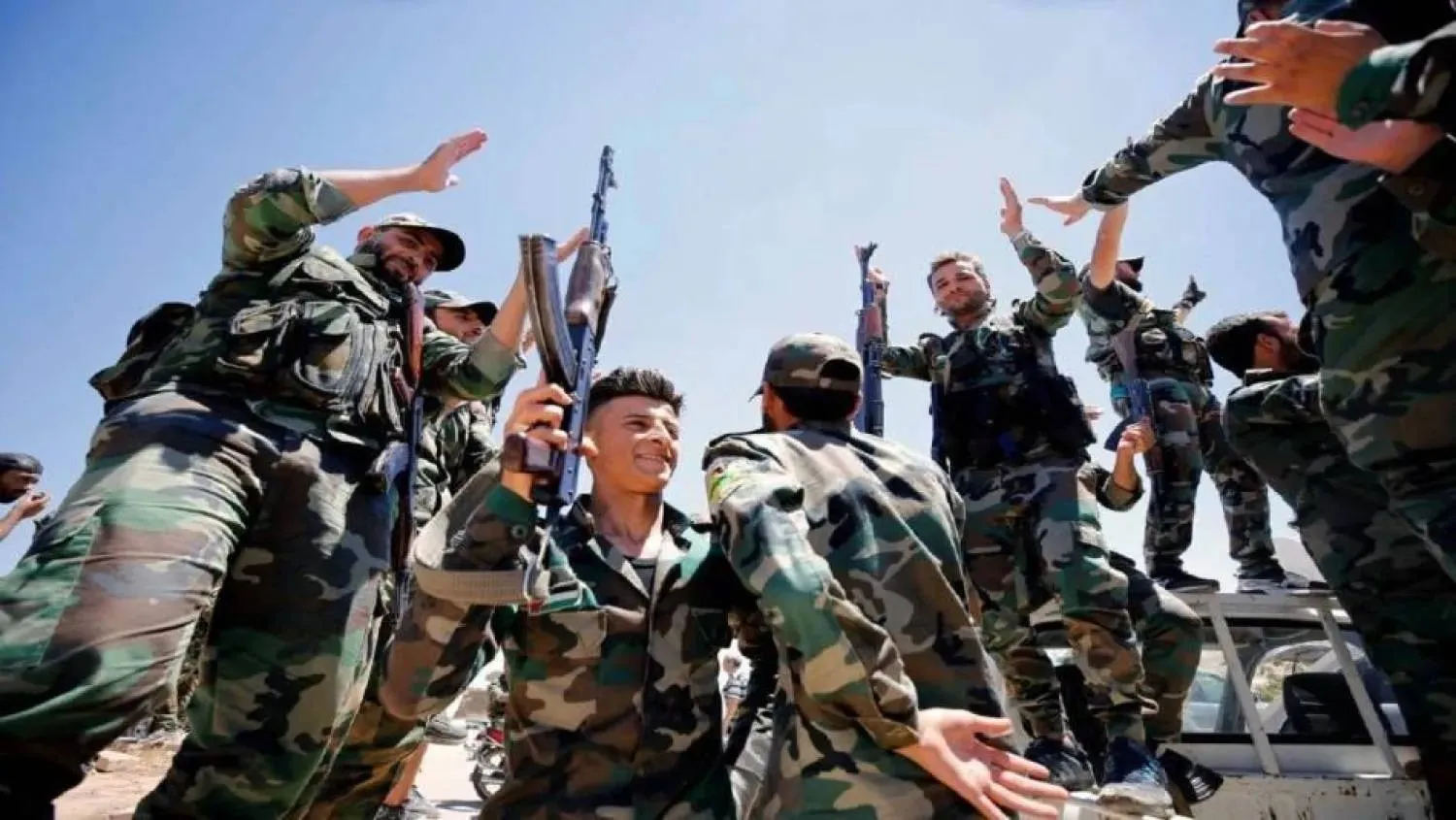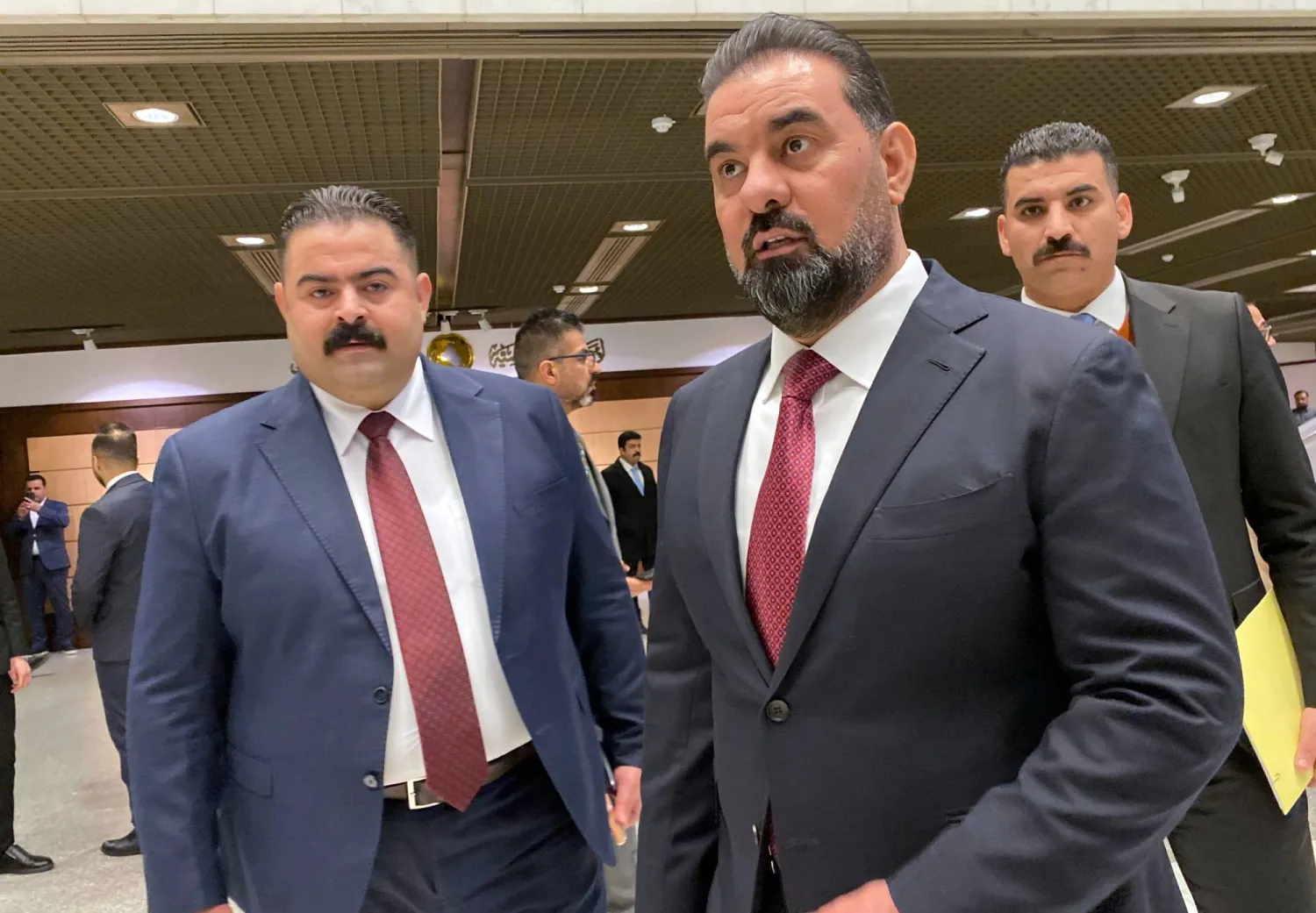Hezbollah has deployed new weapons and tactics in its latest round of fighting with Israel in spite of its limited involvement in the war in Gaza, confining military operations in southern Lebanon and northern Israel.
While currently representing only a small fraction of a larger arsenal and strategy, Hezbollah’s weapons and tactics may become pivotal elements should the scope of the conflict expand, leaving room for potential surprises.
In a recent address, Hezbollah Secretary-General Hassan Nasrallah announced a “quantitative escalation in the number of operations and the type of weapons used.”
“For the first time, kamikaze drones and ‘Burkan’ missiles weighing between 300 kilograms and half a ton have been deployed,” he revealed.
According to sources close to Hezbollah, plans and strategies have been devised for navigating the current battle, with preparations also underway for a comprehensive war.
They link the possibility of a war spillover to the deteriorating situation in Gaza.
In their ongoing conflict in southern Lebanon, Hezbollah and Israel are primarily relying on drones, a factor that played a minimal role in their last war n 2006.
Additionally, advanced Burkan missiles have been introduced into the equation for the first time.
Riad Kahwaji, who heads the Institute for Near East and Gulf Military Analysis (INEGMA) in Dubai, pointed out that Hezbollah has launched four Burkan missiles, each carrying a warhead exceeding 100 kilograms.
Kahwaji, speaking to Asharq Al-Awsat, explained that Hezbollah employs suicide drones for attacks and espionage, highlighting that the tactic of coordinated attacks, launched from various fronts, is a double-edged sword, creating additional targets for Israel.
According to Kahwaji, Hezbollah is currently attempting to fight in a conventional military style, putting it at a disadvantage since Israel has aerial superiority, enabling it to monitor the movements of party operatives and leave greater casualties among its members.









